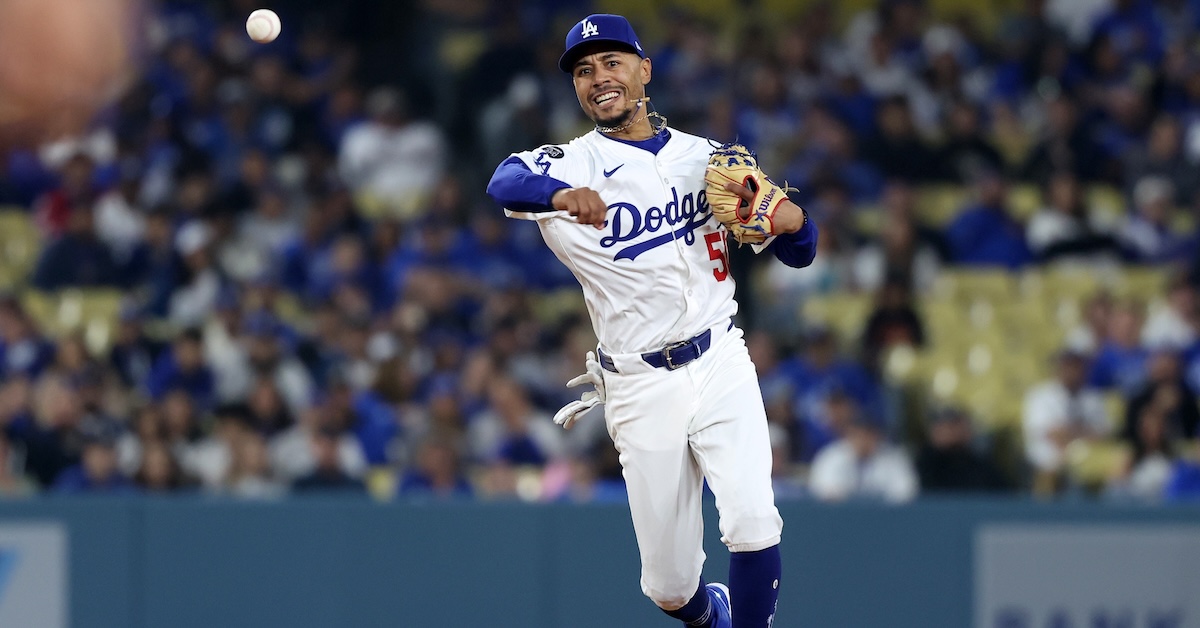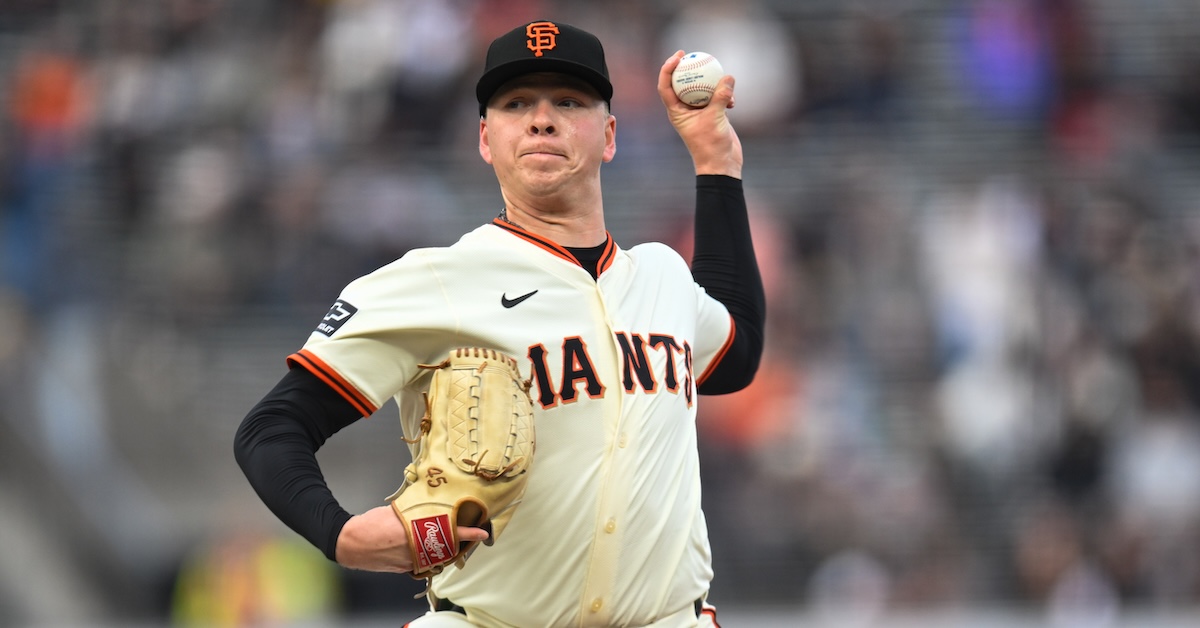FanGraphs Weekly Mailbag: June 21, 2025

By most measures, the Rafael Devers trade happened suddenly. It came without advance notice of his availability, and the Red Sox reportedly weren’t shopping him around. Immediately, it drew comparisons to the Luka Dončić-Anthony Davis trade in the NBA, because hardly ever in our scoops-driven media landscape, where even the tiniest rumor is treated as currency, does a transaction involving a superstar catch us by surprise.
And yet, now that the shock has worn off, trading Devers feels like a logical outcome to the saga that began in March, when the Red Sox signed Alex Bregman to play third base without giving the incumbent a heads up. The details of the ensuing rift have been covered at great length, at FanGraphs and elsewhere, so I won’t go into them here. A lot of the reporting since the trade has described the situation in Boston as untenable, and the damage done to the relationship between Devers and the team as irreparable. But based on how badly the Red Sox botched their initial response to the conflict, and then kept bungling their subsequent attempts at reconciliation, from my perspective, it seems like they didn’t make repairing it much of a priority.
We’ll tackle your questions about the Devers trade and so much more in this week’s FanGraphs mailbag. But first, I’d like to remind all of you that while anyone can submit a question, this mailbag is exclusive to FanGraphs Members. If you aren’t yet a Member and would like to keep reading, you can sign up for a Membership here. It’s the best way to both experience the site and support our staff, and it comes with a bunch of other great benefits. Also, if you’d like to ask a question for next week’s mailbag, send me an email at mailbag@fangraphs.com. Read the rest of this entry »








